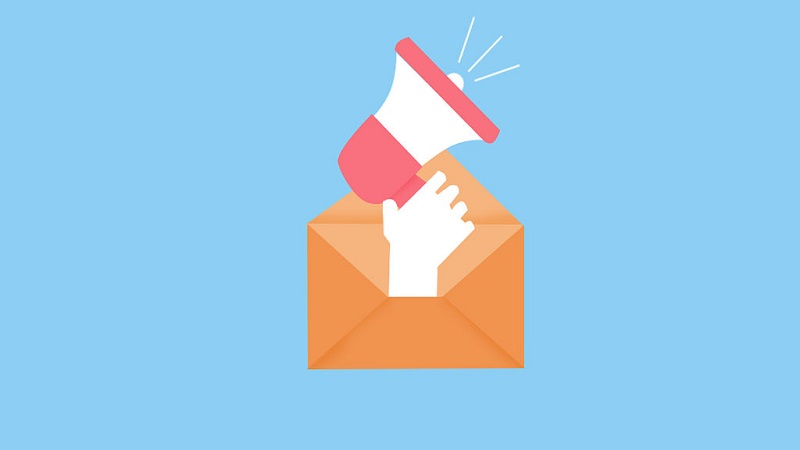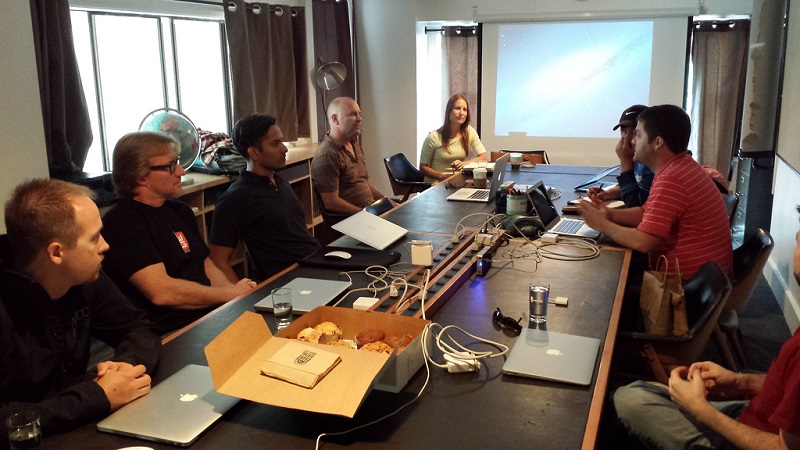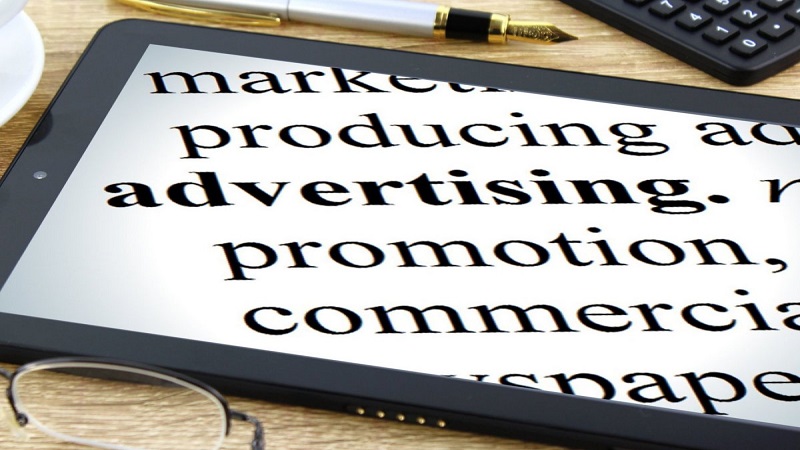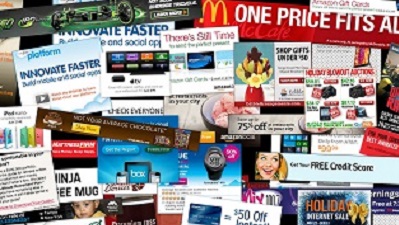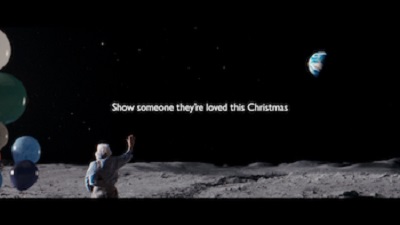Consumers and marketers alike enjoy a good old email coupon. So much so that various studies have found a staggering 20 – 30 per cent of marketing emails now feature a discount, voucher or giveaway based incentive; and, understandably, evidenced by their tenure as a long time favourite in a marketer’s archive.
The critical factor in the promotional arena is the perceived level of exclusivity to the recipient, and this goes hand-in-hand with how well past data has been used for personalisation. But in the absence of perfect execution, is there still a place for incentive-based email? Here’s a closer look at its pros and cons in today’s digital landscape.
The Pros
* Quickly gain brand traction: There’s no faster way to boost subscriber rates than by offering a strong incentive or freebie, and is also a great method for brand exposure and starting conversations. Krispy Kreme growth hacked their email list by 71 per cent thanks to their “Friends of…” campaign offering free doughnuts in return for referrals to family and friends.
* Boost product uptake: Flooding the market with fast moving consumables is a powerful way to generate recurring demand. Freebie uptake is admittedly less effective in Services and SaaS where tactile value is not immediately realised on redemption. Creating urgency (time limits or download quota) is an effective way to boost uptake in these markets.
* Something to say: Don’t let competitors get a word in – end it with a promotion! Being delightfully creative is one thing but doing it consistently is another. A discount or voucher keeps you in the foreground and provides something worth saying while working on your next marketing masterpiece.
* Build an audience profile: A strong promotion is a big opportunity to profile new and existing data. Carefully consider the requisite fields and leverage that data in future to create a continual improvement cycle.
The Cons
* Change in list composition: Yes, you’ve increased subscribers by a million percent but your list composition will be drastically different. One-off giveaways tend to attract low lifetime-value subscribers so solid expectation management and segmentation is essential.
* Demand fulfilment: Even the best laid schemes go awry and with digital especially, things can quickly get out of hand. Oversubscription will turn a potentially positive brand experience into a bad one. Be upfront about quantities and don’t let promises go unfulfilled!
* Effect on brand positioning: Your email subscribers are often your most loyal customers so cheapening the brand with precipitous promotions is ill-advised. If you are positioned as the market premium, then a subtler incentive that does not implicate future pricing and brand perception is required. Don’t over-promote at the expense of brand.
* Risk of escalation: Competitors will soon catch wind of aggressive promotions (they have definitely subscribed to your email) and will soon respond with their own incentivised promotions. Discounts are easily countered and squeeze margins over time, so focus on the experiential, creative and personal instead.
Takeaways
Arguably the biggest positive for promotional mailers is the ability to use past insight to make ever-more effective campaigns with a greater degree of personalisation. Choosing not to customise campaigns to the recipient’s exact needs comes with the tacit understanding that everyone is entitled to the same advantages – and where’s the added value in that!
There are still benefits to the old-school, generic incentive but they are contextual, and highly dependent on industry and brand positioning. Giveaways can elevate new brands and quickly establish voice in new channels, but established names beware.
So while the coupon survives to fight another day, its rule as the marketer’s darling is certainly contested. Its day is certainly not up yet, but the mindset must soon evolve to stay relevant. And as other marketing tactics such as native and inbound continue to mature, so must email.
Words by Ross Carroll, senior email marketing manager at Fat Media

